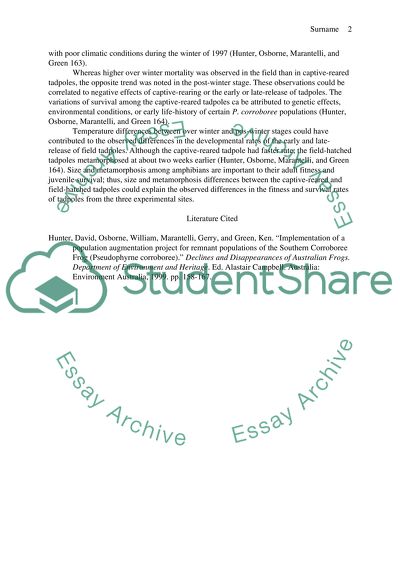Cite this document
(Southern Corroboree Essay Example | Topics and Well Written Essays - 1750 words, n.d.)
Southern Corroboree Essay Example | Topics and Well Written Essays - 1750 words. Retrieved from https://studentshare.org/environmental-studies/1569989-pseudophryne-corroboree
Southern Corroboree Essay Example | Topics and Well Written Essays - 1750 words. Retrieved from https://studentshare.org/environmental-studies/1569989-pseudophryne-corroboree
(Southern Corroboree Essay Example | Topics and Well Written Essays - 1750 Words)
Southern Corroboree Essay Example | Topics and Well Written Essays - 1750 Words. https://studentshare.org/environmental-studies/1569989-pseudophryne-corroboree.
Southern Corroboree Essay Example | Topics and Well Written Essays - 1750 Words. https://studentshare.org/environmental-studies/1569989-pseudophryne-corroboree.
“Southern Corroboree Essay Example | Topics and Well Written Essays - 1750 Words”, n.d. https://studentshare.org/environmental-studies/1569989-pseudophryne-corroboree.


